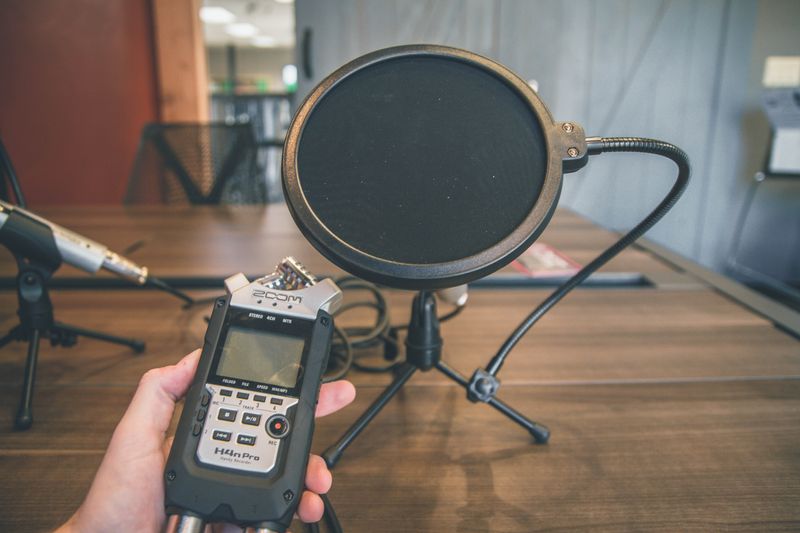Digital audio is a form of audio that has been converted from an analog signal into a digital signal. This conversion process is necessary for audio to be stored and manipulated, and is used in a wide range of applications, from music production to video editing. One of the most important aspects of digital audio is the sample rate, which is crucial to understanding how digital audio works.
When audio is converted from analog to digital, it is “sampled” at regular intervals. This means that the audio signal is measured and recorded at a certain rate, usually measured in kilohertz (kHz). The sample rate is basically the number of times per second that the signal is measured and recorded. The higher the sample rate, the more accurate the digital signal is.
To understand how sample rate affects the quality of digital audio, it’s helpful to think of the signal like a wave. In the analog world, a wave is continuous and can be measured in terms of frequency. But when it comes to digital audio, the signal is broken up into individual “samples” that are measured and stored at a certain rate.
The most common sample rate is 44.1 kHz, which is the rate used for CDs and most digital audio formats. This rate is high enough to capture the full frequency range of human hearing, which is 20 Hz to 20 kHz. Higher sample rates can capture frequencies beyond the range of human hearing, which can be useful in certain music production applications.
When it comes to playback, the sample rate is also important. If a digital audio file is played back at a different sample rate than it was recorded at, the audio will be distorted. This is because the playback device will be trying to “fill in” the gaps between the samples, which can lead to audible artifacts and distortion. For this reason, it’s important to make sure that the playback device is set to the same sample rate as the digital audio file.
Sample rate is an important concept to understand when dealing with digital audio. It’s crucial to make sure that the sample rate is set correctly when recording and when playing back digital audio files. A higher sample rate will capture more detail, but it also requires more storage space. Ultimately, it’s up to the user to decide what sample rate is best for their needs.

